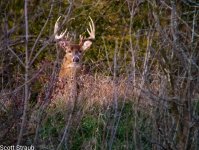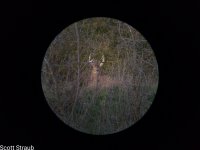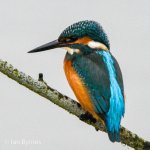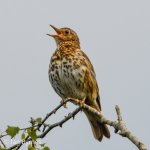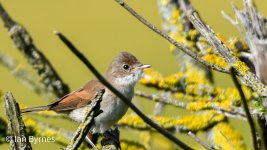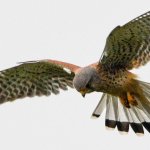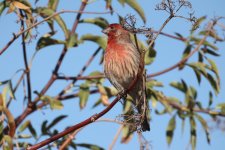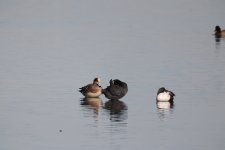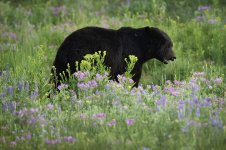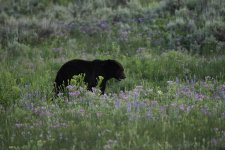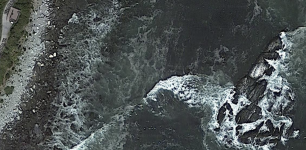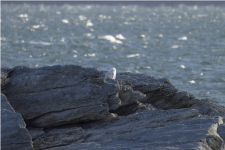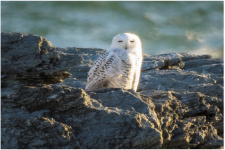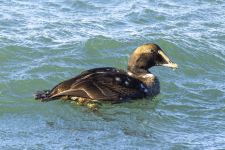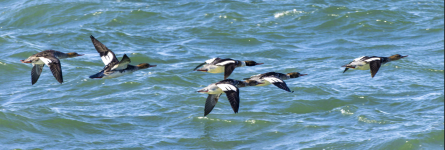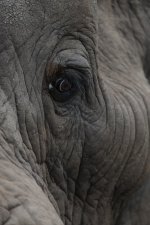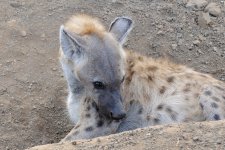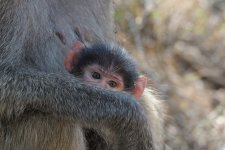Joker9937
Well-known member
Thanks, Ian. We are well. I hope you guys are too!Hello Scott
Long time no speak. Hope you & all of your family are well.
Pleased to see your post...
I got frustrated with the lack of versatility of the scope & phone although still use them very often, so bought a Nikon d500 (1.5 crop sensor), Sigma 150-600 Lens & Sigma 1.4 Teleconverter...giving me 1260mm at 600. After trial, error & research I eventually mastered the required techniques and now am obsessed with handheld bird photography. If you research it you can pick up some really good gear on line at reasonable prices. It's so satisfying to be able to react to small birds & BIF.
As we both know, you can get some really good vids & photos with a scope but the camera is better.
Some of my birder friends use easy to carry bridge cameras - Sony RX10 iv & Panasonic Lumix and get great photo & vid.results but in my opinion full frame & dslr cameras give better results.
I take a lot of camera/lens advice on YouTube from 'Tony & Chelsea Northrup'... real American pros who explain everything brilliantly.
I post most of my stuff on Instagram.com/ianfbyrnes & Twitter - @ianbyrnes2 & get a better response 😊.
Did you re-invest in another scope?
I think I may have said... Zeiss sent me a new zoom eyepiece because of the dust problem & I changed to an S10 like you.
By the way...(in my opinion) don't bother putting a camera on the scope, it's not only too fidely but the results are not what you expect. I got a Novograde adapter from BHP in the States.... its a good bit of kit but the camera is far more convenient.
Any way...nice to see you posting.
Take care.
Ian
I feel your frustration. I am a bit of an accidental birder, though. So, might be a slightly different feeling. Regardless, the birding aspect is still a big part of it. But, it flows a little like this for me; 1. Hiking/exercise/hunting type focus. 2. Digiscoping what I am treated to on those hikes 3. Birding. Sometimes they switch priority positions, but mostly that is the way it is. Also, by hunting, I do not mean necessarily to shoot something. Hunting to find it to look at it. Although, I do still hunt some. Just not often, and not birds.
Anyway, I think we have similar introductions into the hobby of digiscoping and have encountered similar frustrations. I am not quite ready to abandon it, but we will see.
Yes, I thought I would try a Kowa, and I sold the Zeiss to buy one. I cannot say that one is far superior to the other. I like much about the Zeiss, and regret selling it. Primarily because I got such a great deal on it, that I should have just kept it and bought the Kowa outright instead. But, either way, I sold it. The Kowa is now sold too. I bought it from a BF member used. It was a great scope, and a fair buy. I only lost maybe $100 on it. But, I sold it, because I decided to either start over with camera equipment, or drive 3 hours to a store that sells all of the alpha spotters, and pick my favorite from sidexside comparisons. That way, hopefully, I nip the "I wonder what I am missing" curse in the bud. We will see.
I will definitely check out the youtube site, and will try your instagram. I do not have instagram, so can I see it?
That is great customer service with Zeiss. That is amazing. I really liked the glass in mine. For the money I paid, I should have kept it.
I appreciate your input on cameras on scopes. I am definitely torn.




